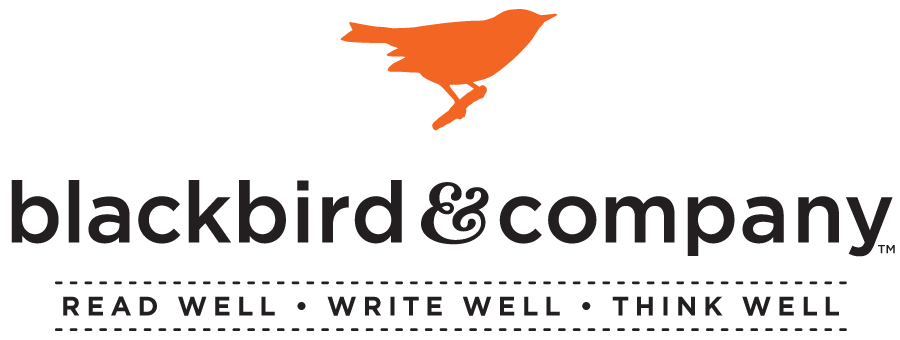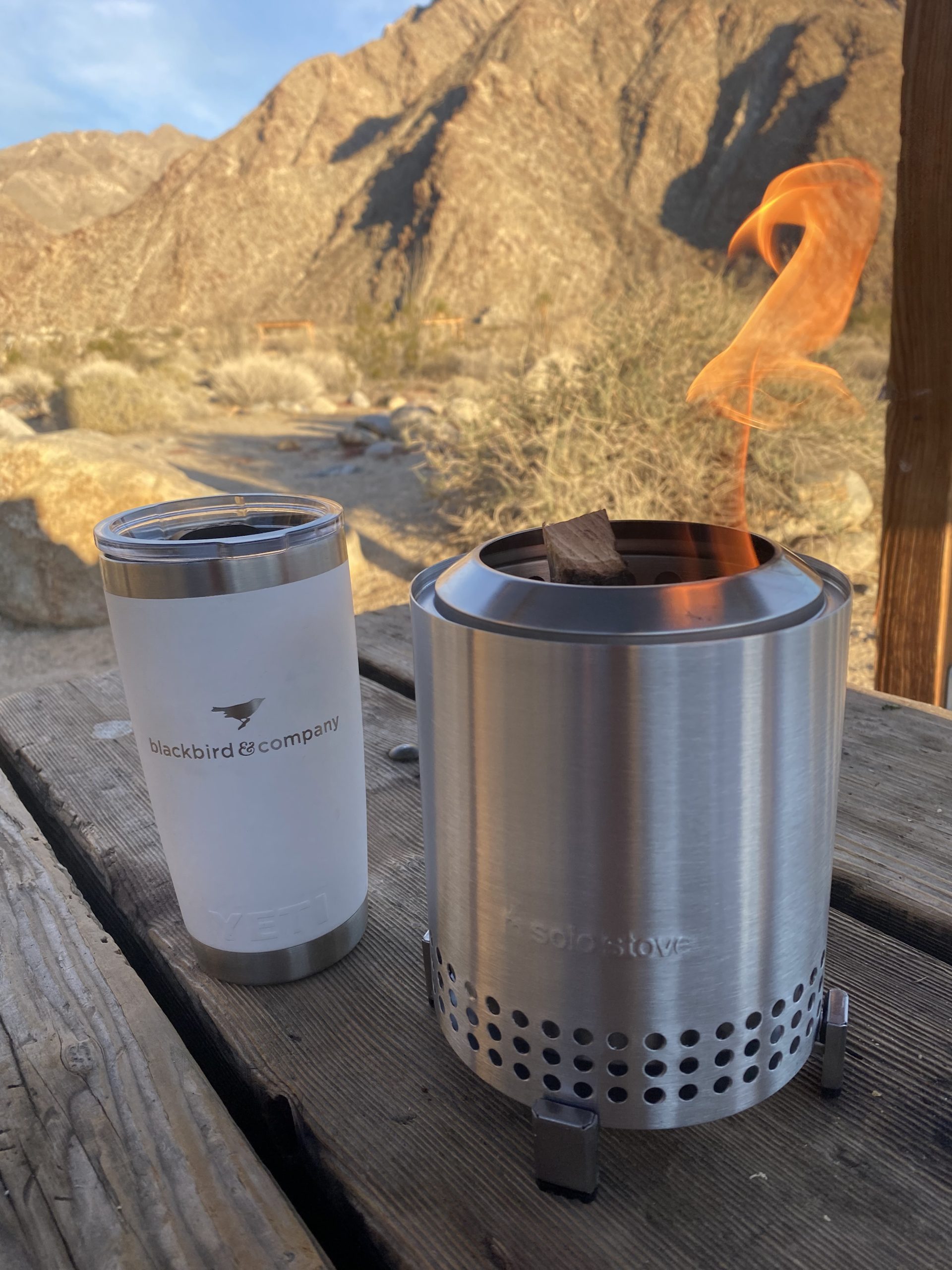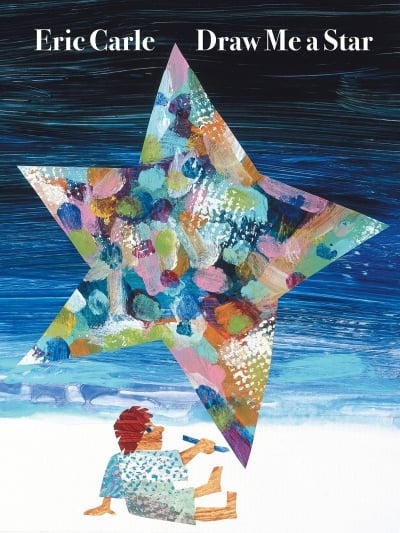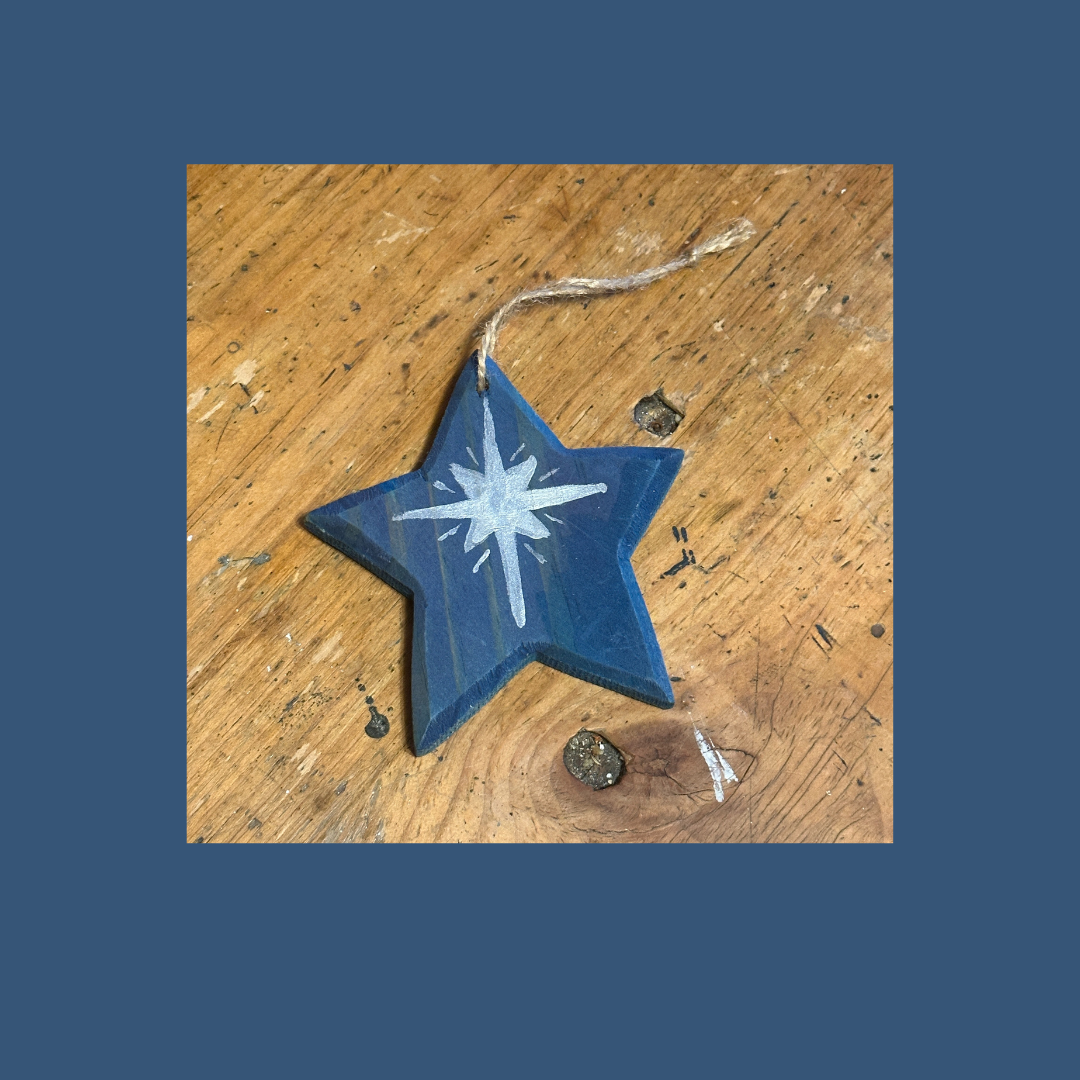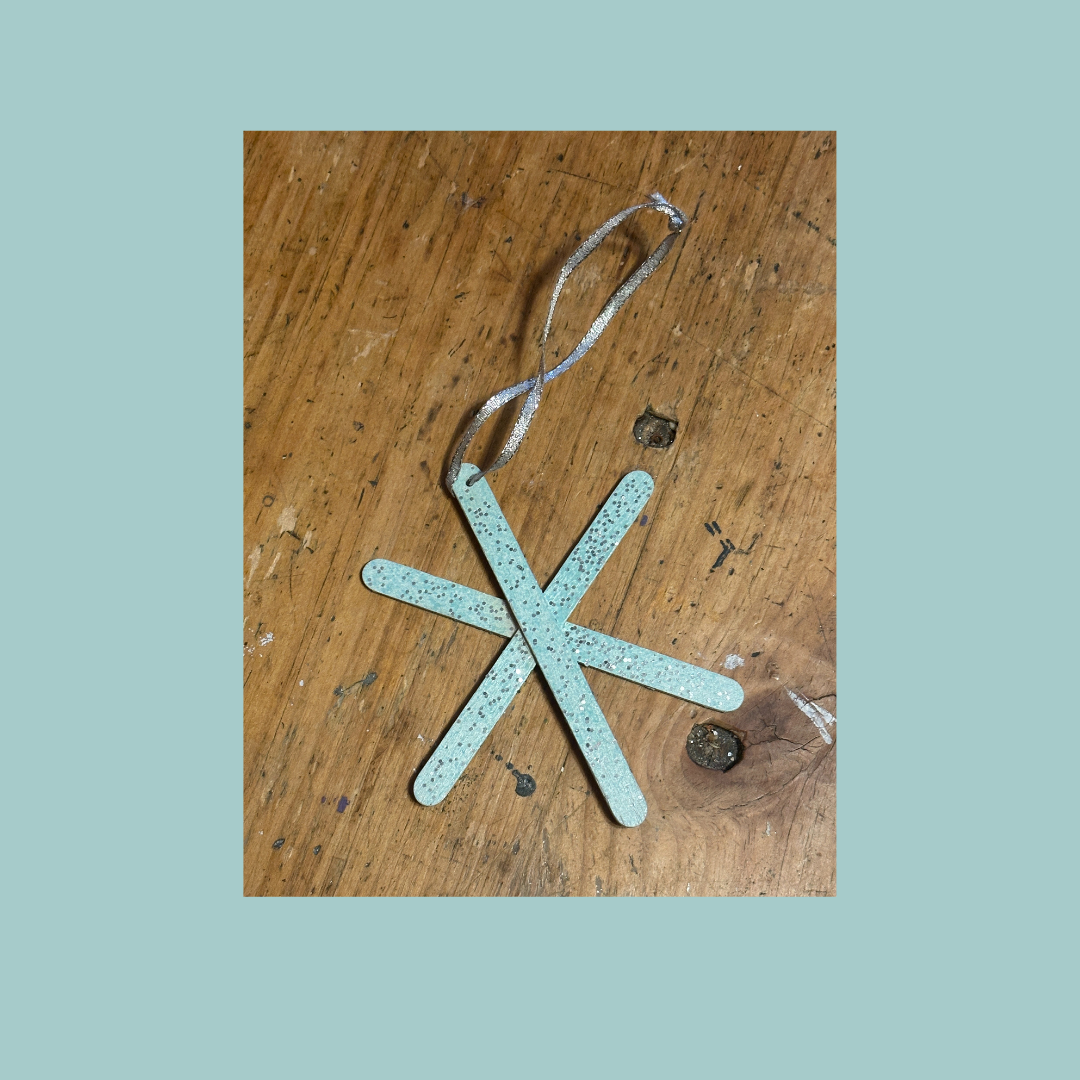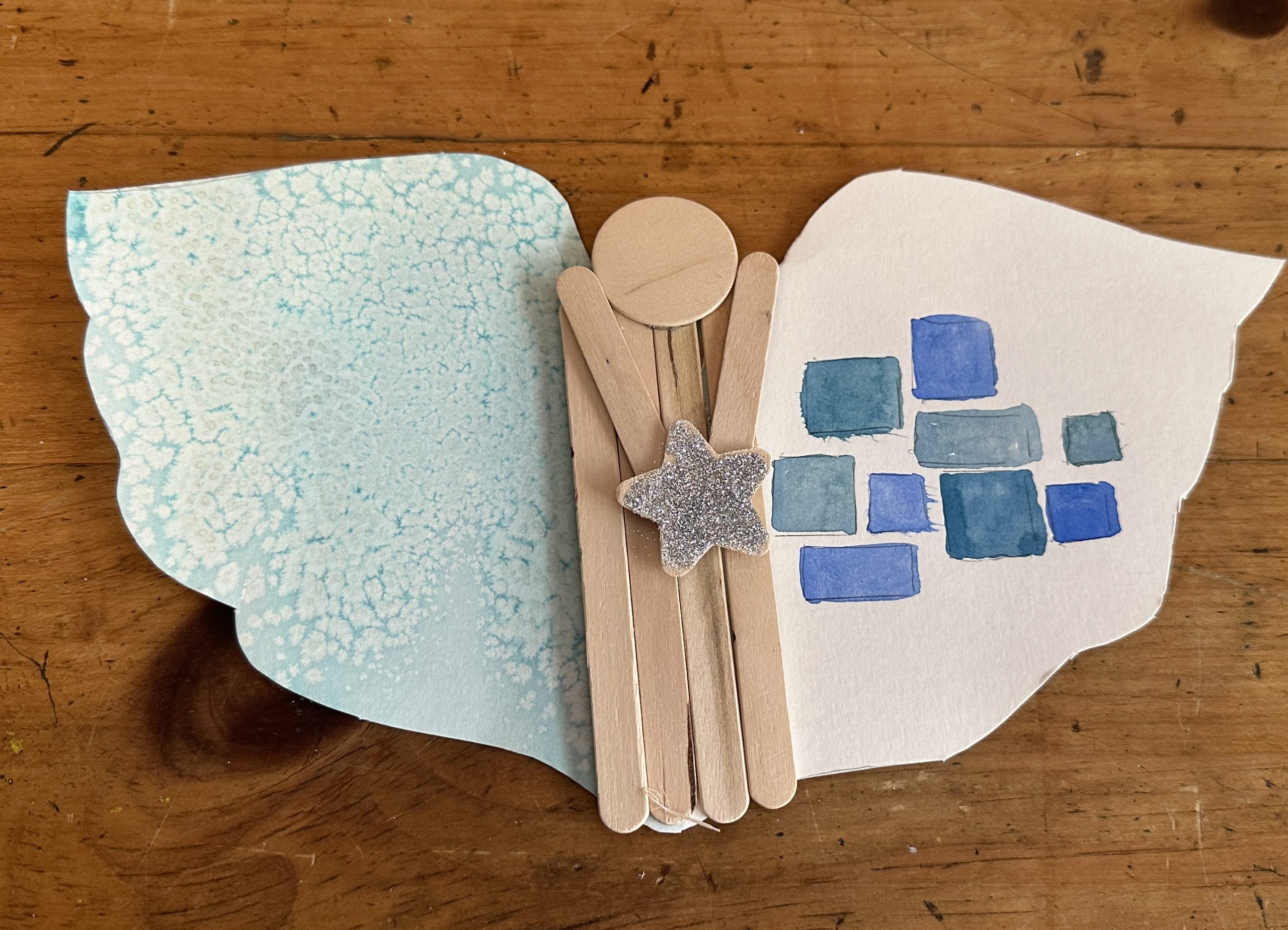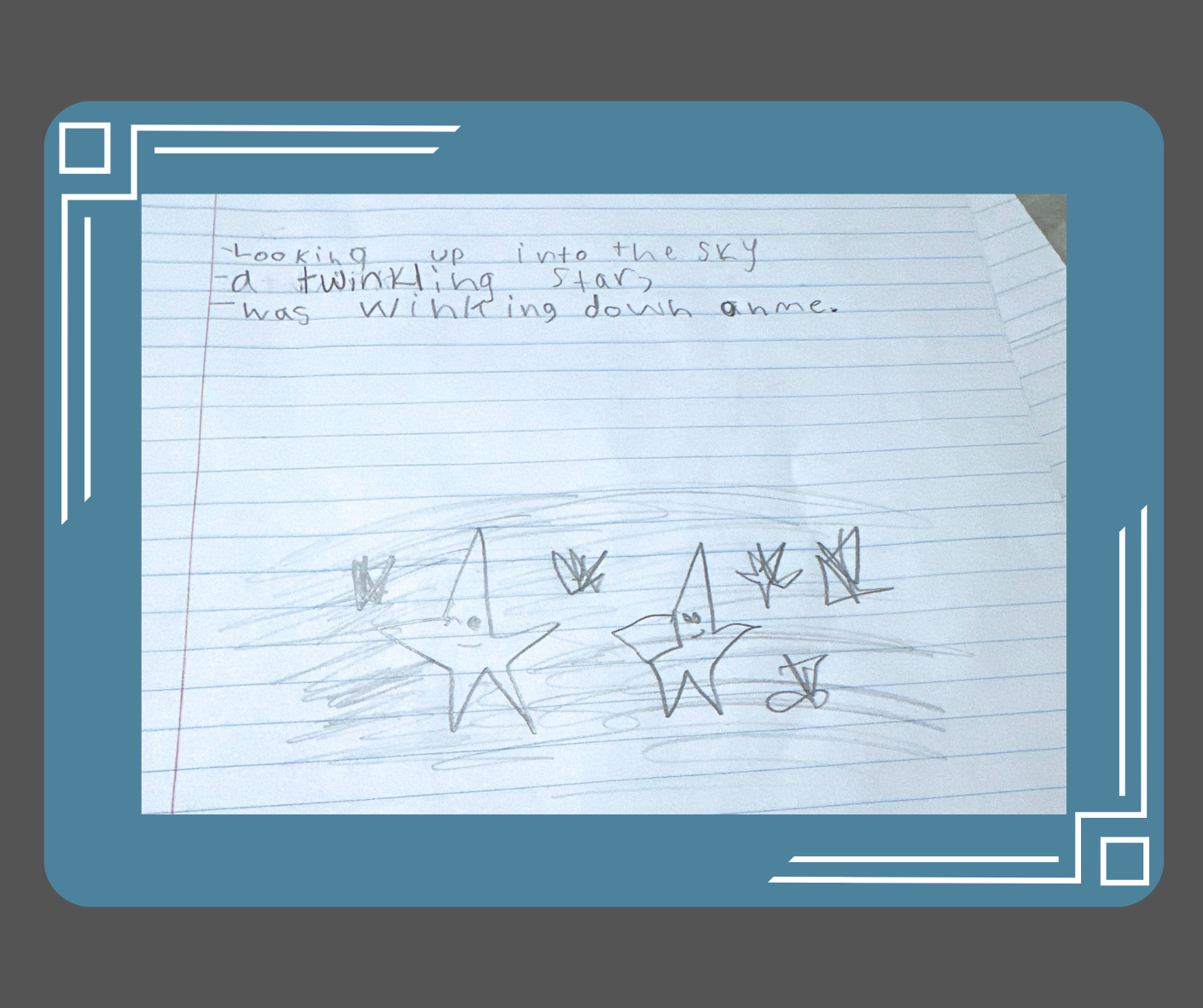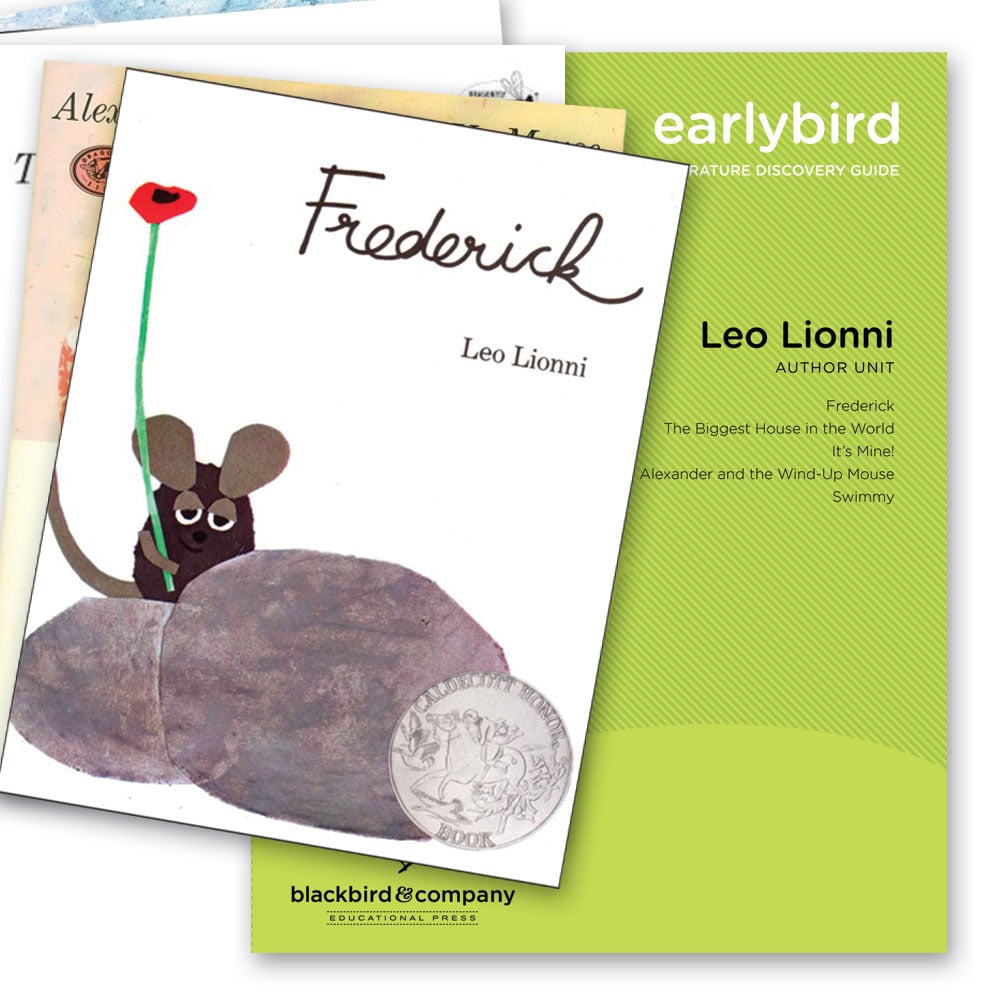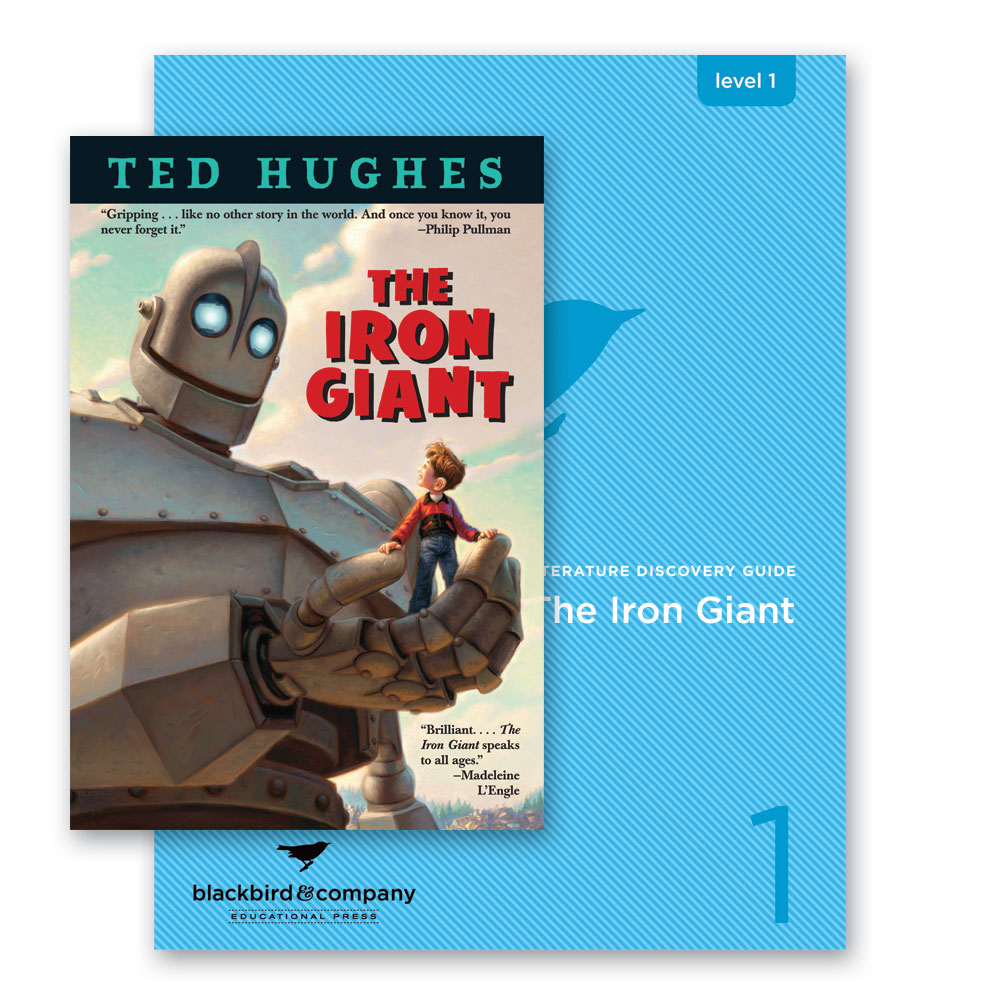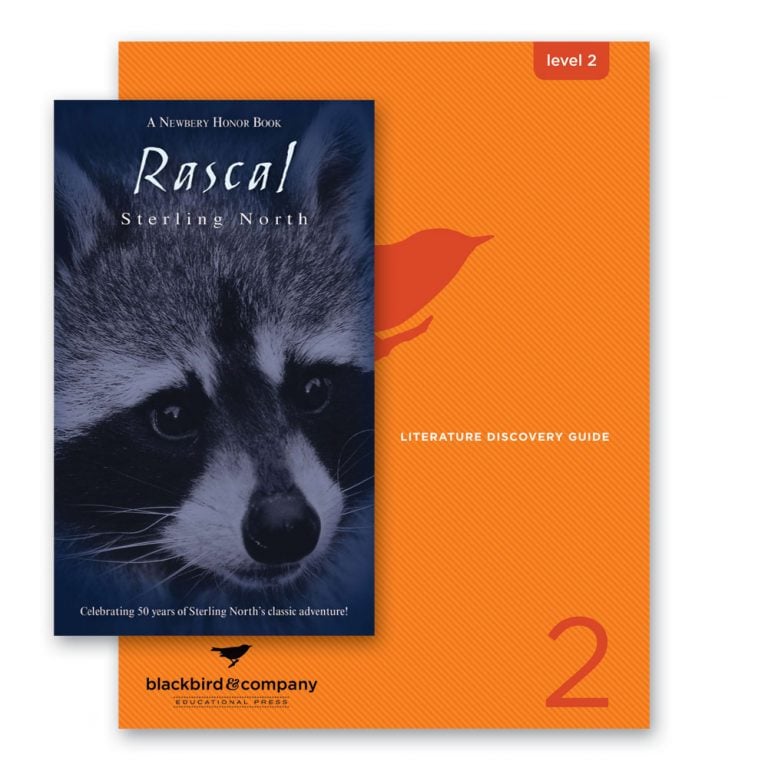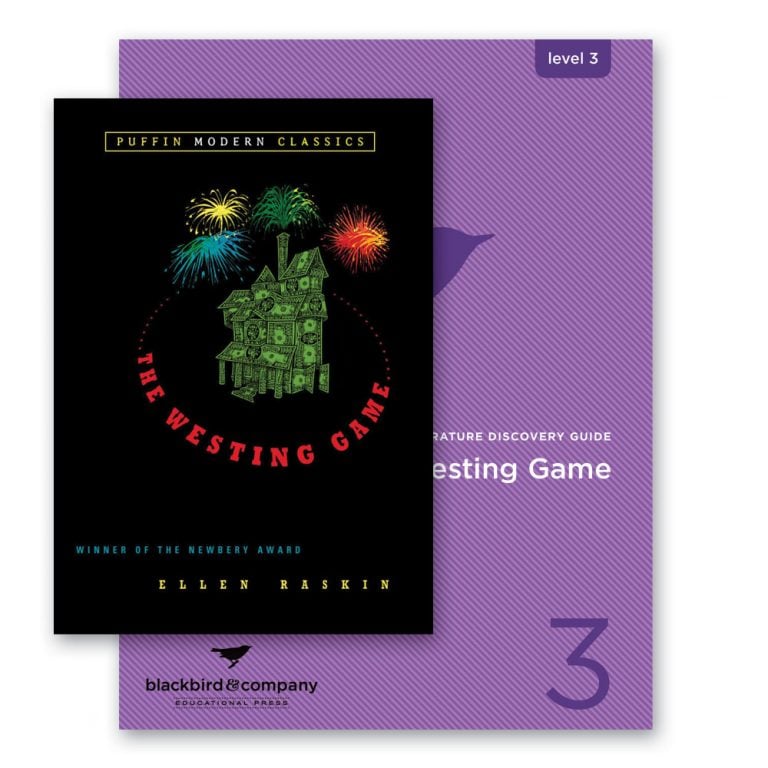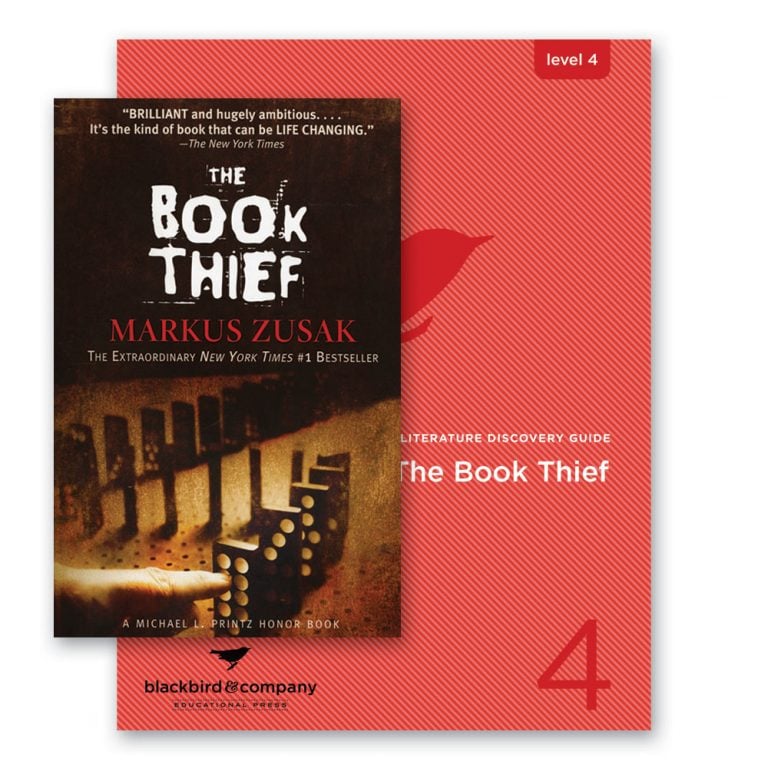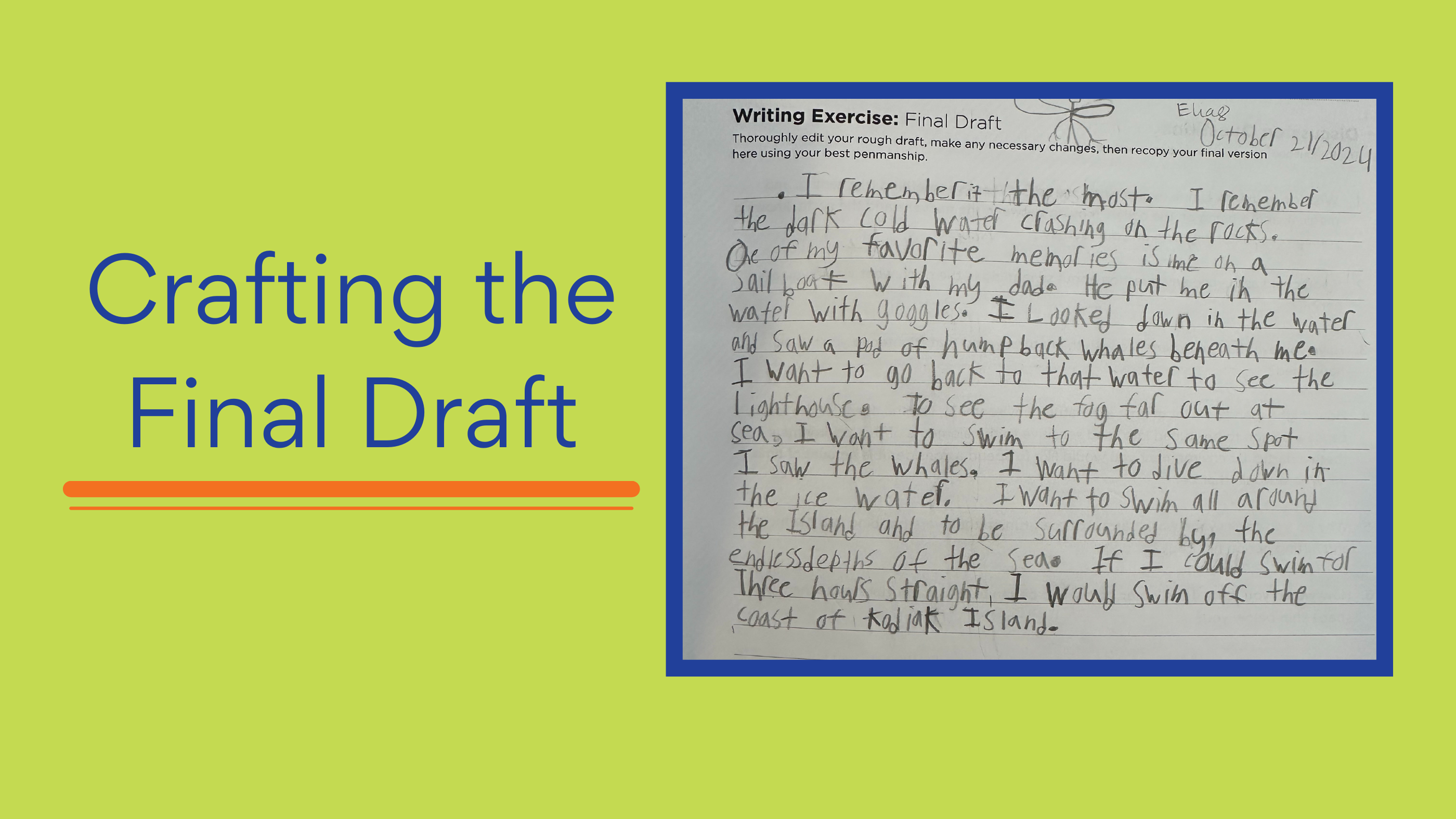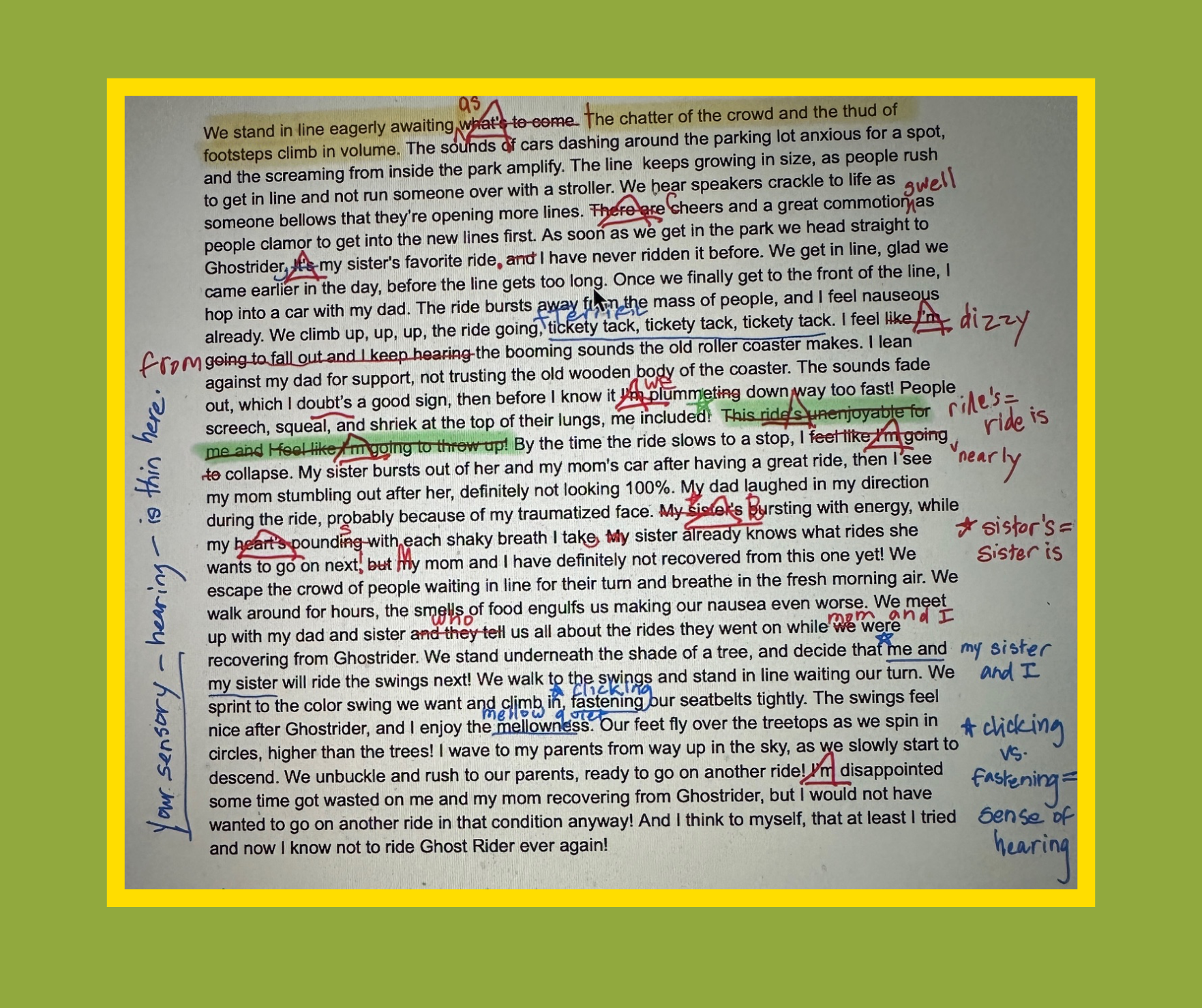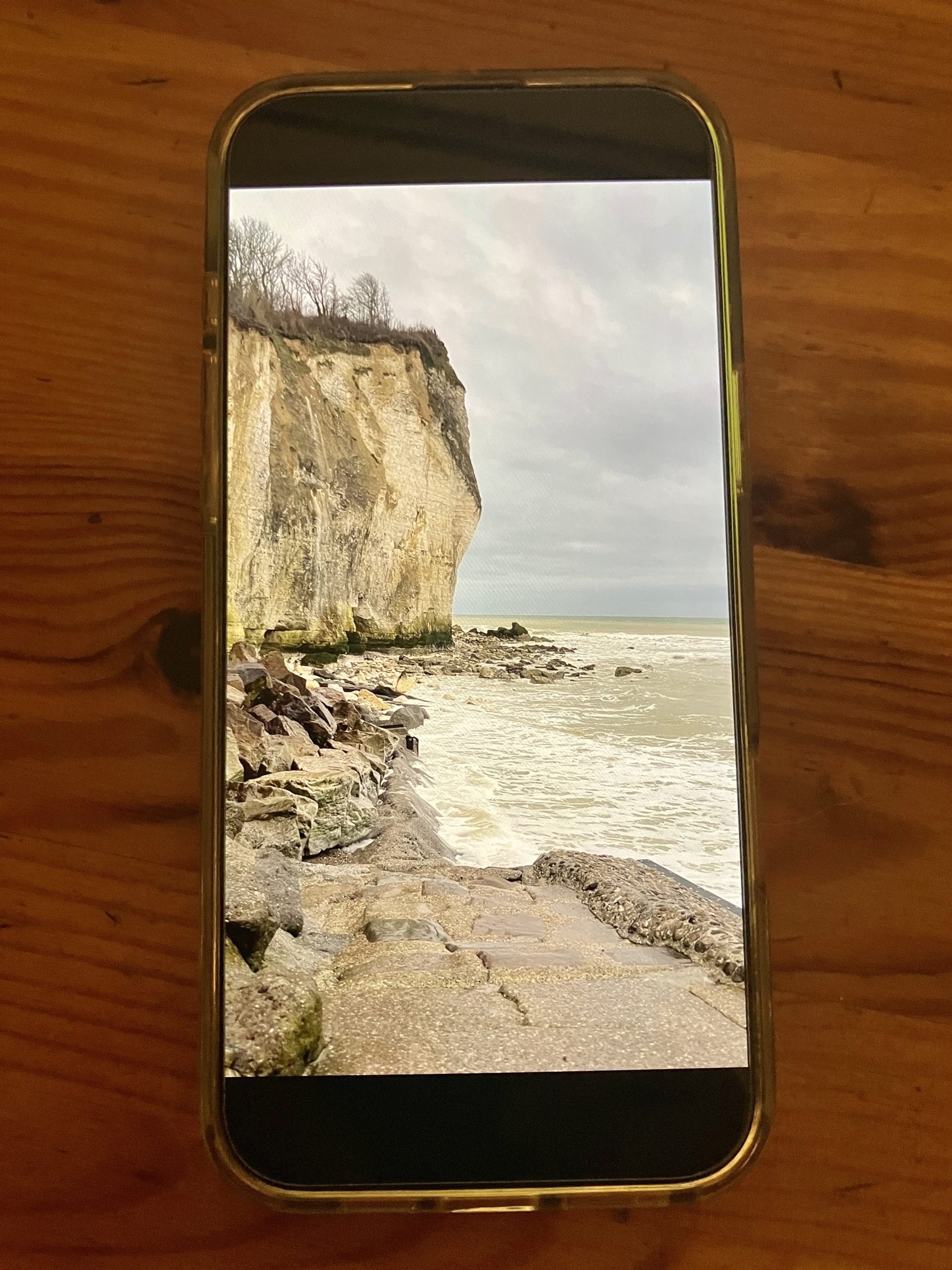
TIP #2
Unplug!
Increasingly in our world, we all know electronics have played a bigger and bigger role in our lives. With the advantage, comes a great deal of disadvantage we all are trying to mitigate, especially when it comes to our children. Blackbird and Company offers some terrific books that can take your students into the wonderful world of nature and adventure. While we, of course, strive to be outside in the great outdoors as much as possible—hands in dirt, feet on trails or wiggling into ocean sand—we can also inspire a love of nature and animals and a life of adventure through good books.
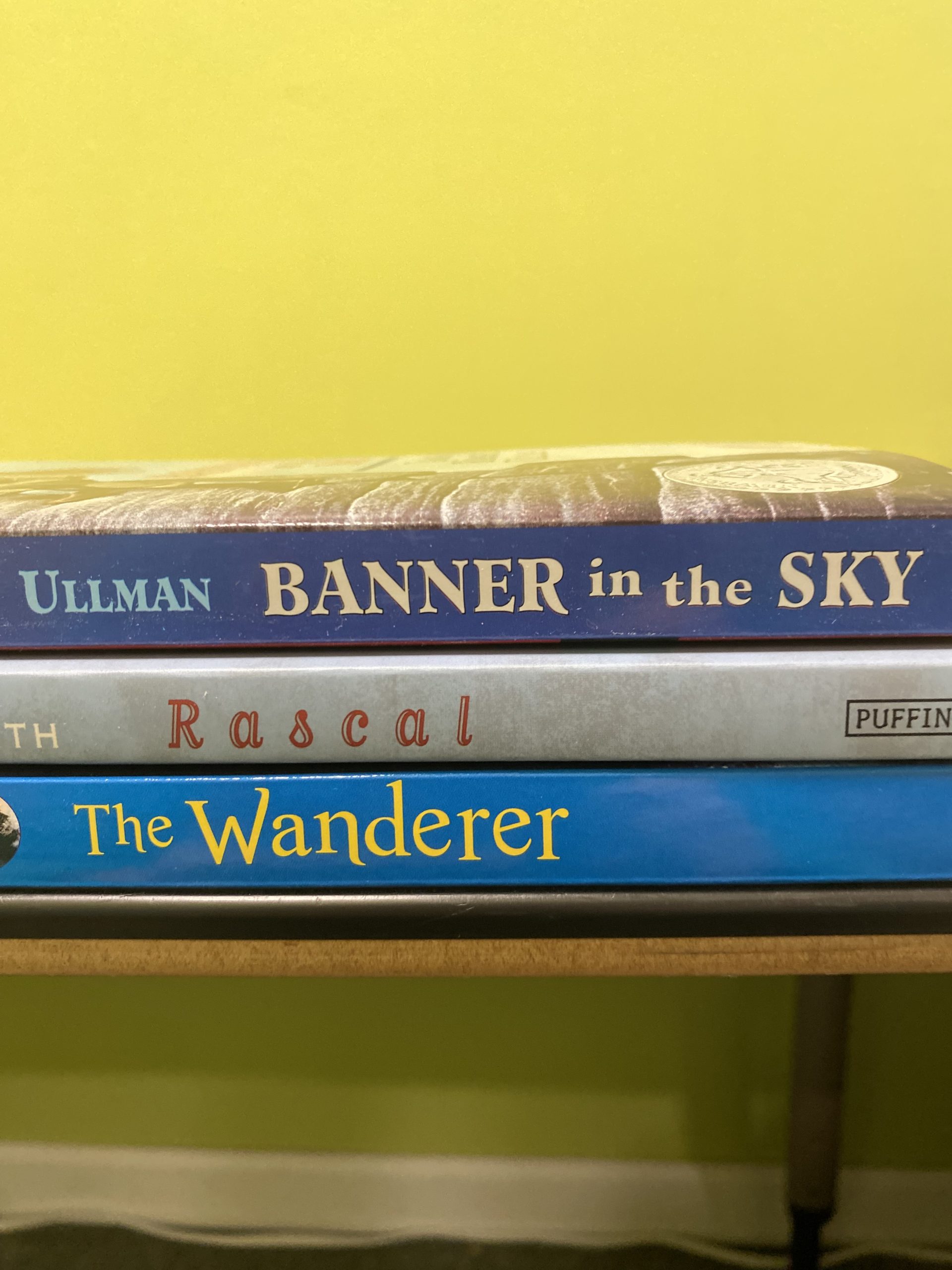
“We are plain quiet folk and have no use for adventures. Nasty disturbing uncomfortable things! Make you late for dinner! I can’t think what anybody sees in them,” so says Bilbo Baggins. A touch of irony, of course, but also an invitation to tag along on the adventure about to unfold!
When it comes to novel adventuring, here are some of our favorites:
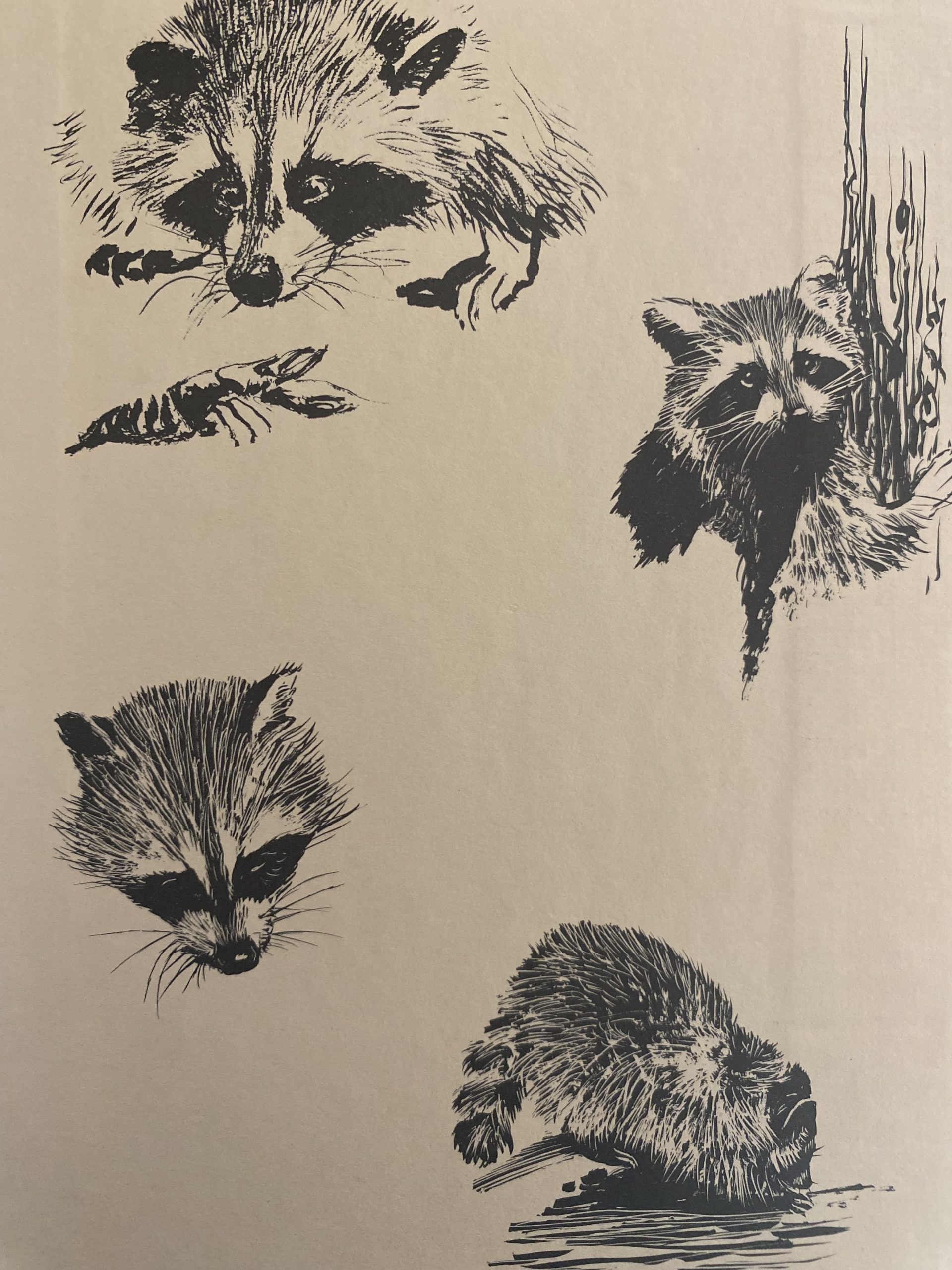
[Inside Cover, Flyleaf, Sara’s childhood edition]
Rascal by Sterling North
Follow along as Sterling and his beloved dog Wowzer find a raccoon kit in the woods and bring him home. You will have quite a vicarious adventure and meet many enchanting animals in this true story set in the back woods wilderness of Wisconsin. Hear what life was like for a very clever eleven year old boy at the end of WW1 who grew a victory garden and was building a canoe in his living room!

The Wanderer by Sharon Creech
Banner in the Sky by James Ramsey Ullman
Rudi Matt, son of the famed mountain climber Josef Matt, lives under the shadow of the very formidable mountain his father perished on while trying to be the first to summit it. This is a gripping coming of age story, where Rudi defies his relatives and sets about to conquer the mountain even though no one believes the mountain can be climbed. It is high adventure and set during a different time in a different culture. There are heart pounding moments in this book where you will feel your own fingernails biting the rock face trying to gain purchase!
